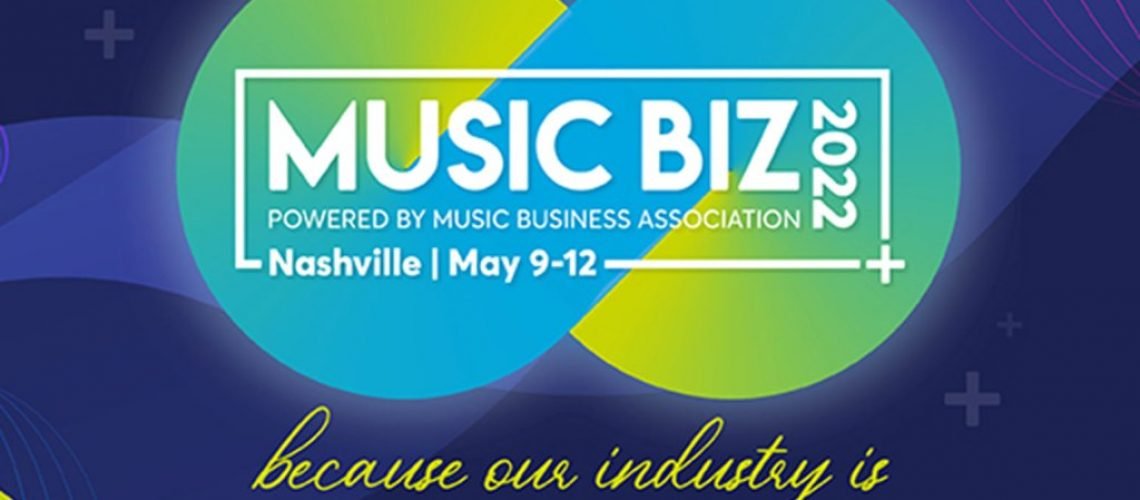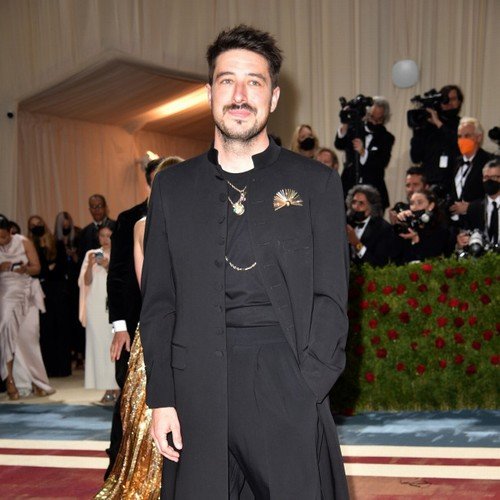One of the most significant byproducts of the streaming era has been the increasing number of ways that artists can make money outside the traditional record label system. But there’s often less attention paid to the actual ramifications of artists choosing to go that route — and the roles that distributors, managers, digital marketers and others play in filling that gap while using the data offered by digital service providers to help an artist succeed in whichever way they choose.
That was the topic of the panel “Navigating New Strategies: How A&R, Artist Marketing & Distribution Come Together in the Age of Streaming” at the Music Biz 2022 conference on Monday (May 9). Moderated by Label Logic co-founder, digital strategy Jay Gilbert, the panelists — Rareform co-founder Hallie Anderson, Alchemy Artist Services co-founder Kaitlyn Parmenter and Symphonic Distribution head of client marketing Michael Burrows — discussed not just the need for the artist to be more involved in the telling of their story, but the increased responsibilities placed on a manager, the importance of having a positive relationship with your distributor and the critical importance of having a consistent flow of content that can be packaged and released across all platforms where fans congregate, whether that be a music video on YouTube or a series of clips for TikTok.
Which makes it all the more important for a distributor like Symphonic or companies like Rareform and Alchemy to be able to work with an artist to optimize and maximize that artist’s content. “Everyone in the puzzle has to be about helping the artist through that process,” said Burrows.
That often starts with the manager — “one of the jobs that is ever-changing and never gets less stressful,” said Parmenter — but it no longer has to only start there. “Now more than ever an artist has to see themselves as the CEO of their brand,” Parmenter added. “The order in which you should set your team has also changed… [If you’re starting out], make your first hire a content creator or digital strategist before a manager.”
That helps with engaging and growing an audience, but managers are still essential — and the panelists largely agreed with a Billboard story earlier this month suggesting that with all that managers are responsible for these days, the standard 20% of income is almost too little given their importance. “The days of an artist needing to have a label are behind us,” Anderson said. “The problem is, a label would handle a lot of things for a manager.” That means a manager needs to manage teams and a budget, build out a radio team and know a little of everything — touring, what a label does, publishing, digital media and advertising — because there are so many more potential income streams, she pointed out.
That also means having a well-crafted story to tell and aligning all aspects of a campaign’s creative in order to tell it — video content, social media engagement, digital marketing and more — while also telling it in a consistent way, beyond just impacting release week. “The Weeknd doesn’t need marketing drivers to get a song featured,” Burrow said at one point, referencing the need to continue to create reasons for DSPs and others to feature and engage with an artist or song. “But a lot of us in the independent world do.”
And that can mean leaning into the data that can be gleaned through social platforms or DSPs, and having an intentional strategy for each move you make. (As Anderson pointed out, if an artist is trying to move into an international market, “If you’re not investing in that market, why should that market invest in you?”) It also means being able to get ideas across that connect back to the story the artist is trying to tell. “Playlisting is not a career strategy, it’s a reward for doing everything right — and sometimes even then it won’t work,” said Parmenter. “If you don’t have anything going on to talk about, create something to talk about. And if it connects to the song, that’s a driver.”
What it often comes down to is how to parse data, use it to tell the story of a song or release and take advantage of the tools available to you — often for free through the DSPs when using Spotify for Artists or the similar back-end tools at Apple, Amazon and the rest — without losing sight of the fan connection that underpins the entire relationship between an artist and their listeners. And that’s all while trying to take as much of the lift off of the artists themselves so that they can do their biggest, most important job: create.
“I’m here to help maximize it but not to create it,” Anderson said. Added Parmenter, “How can we help you keep up with the demand? … We’re here to make it easier and to optimize.”




